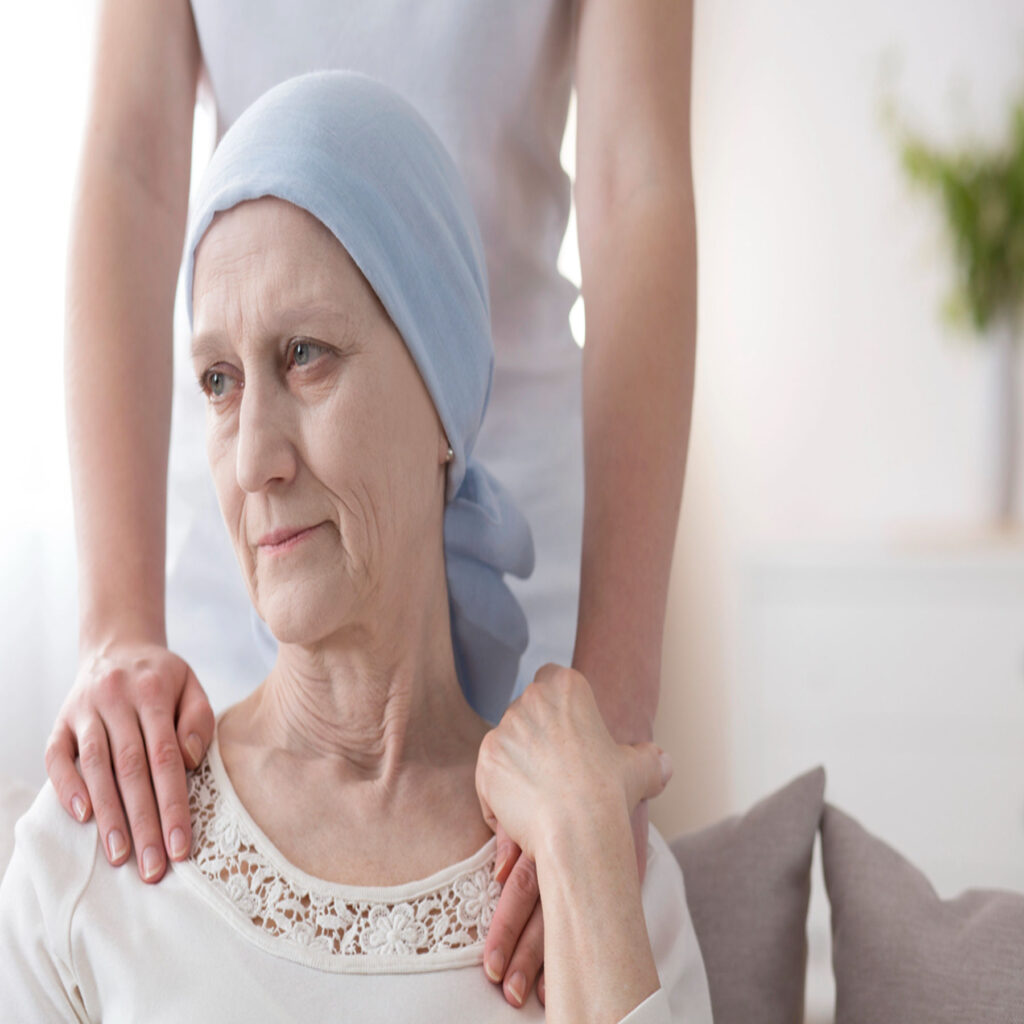Pancreatic cancer is one of the most challenging cancers to detect and treat due to its typically subtle early symptoms and its aggressive nature. For seniors, who are already at a higher risk of developing many types of cancers due to age-related changes in their bodies, pancreatic cancer presents a particular concern. Understanding the signs, importance of early detection, and how to support seniors affected by this disease is crucial for caregivers and loved ones.
What is Pancreatic Cancer?
Pancreatic cancer begins in the tissues of the pancreas, a gland located behind the stomach that plays an important role in digestion and regulating blood sugar. The two main types of pancreatic cancer are:
– Exocrine tumors: These make up the majority of pancreatic cancers and typically arise in the cells that line the ducts of the pancreas.
– Endocrine tumors: These are rarer and develop in the hormone-producing cells of the pancreas, sometimes referred to as neuroendocrine tumors.
Pancreatic cancer is particularly dangerous because it often goes unnoticed until it has progressed to an advanced stage. By the time symptoms become noticeable, the cancer may have already spread to other parts of the body, making treatment more difficult.
Risk Factors for Seniors
While pancreatic cancer can affect anyone, certain risk factors increase its likelihood, particularly in seniors. These include:
1. Age: The risk of pancreatic cancer increases significantly with age, with most cases diagnosed in individuals over 60.
2. Chronic health conditions: Conditions such as diabetes, chronic pancreatitis (inflammation of the pancreas), and obesity are associated with a higher risk of developing pancreatic cancer.
3. Smoking: Smoking is a major risk factor for pancreatic cancer, especially in older adults who may have a long history of tobacco use.
4. Family history: A family history of pancreatic cancer or certain genetic conditions, such as BRCA mutations, can increase the risk.
5. Diet and lifestyle: A diet high in processed meats and low in fruits and vegetables, as well as a sedentary lifestyle, may contribute to the risk of pancreatic cancer.
Early Detection: Recognizing the Signs
Early detection of pancreatic cancer is difficult, but recognizing potential symptoms is key to catching the disease as soon as possible. Common symptoms to watch for include:
– Unexplained weight loss: Sudden, unintended weight loss is often one of the first noticeable signs of pancreatic cancer.
– Jaundice: Yellowing of the skin and eyes can occur if the tumor blocks the bile duct, which can lead to a buildup of bilirubin in the body.
– Upper abdominal or back pain: Pain that starts in the upper abdomen and radiates to the back can indicate pancreatic cancer, especially if it persists over time.
– Digestive issues: Nausea, vomiting, and changes in bowel habits (such as greasy or light-colored stools) may occur due to the pancreas’ role in digestion.
– Loss of appetite: A lack of interest in food or feeling full quickly may also signal pancreatic cancer.
– New-onset diabetes: In some cases, the sudden onset of diabetes in older adults may be linked to pancreatic cancer, especially if the individual was not previously at risk for diabetes.
Because many of these symptoms can be caused by other conditions, they are often overlooked or attributed to less serious health problems, particularly in seniors. If any of these symptoms persist, it’s important for seniors and their caregivers to seek medical attention.
The Importance of Early Detection
Unfortunately, pancreatic cancer is often diagnosed at an advanced stage due to its subtle early symptoms. However, early detection greatly improves the chances of successful treatment. Medical imaging, such as CT scans, MRIs, and endoscopic ultrasounds, can help diagnose pancreatic cancer, though these are usually ordered only if there is a strong suspicion of the disease.
Seniors with risk factors or concerning symptoms should speak to their doctor about screening options. In some cases, genetic testing may also be recommended, particularly for individuals with a family history of pancreatic or other related cancers.
Treatment Options for Pancreatic Cancer
Treatment for pancreatic cancer in seniors depends on several factors, including the stage of the cancer, the senior’s overall health, and their personal preferences. The most common treatment options include:
1. Surgery: If the cancer is detected early and has not spread, surgery to remove the tumor may be an option. However, surgery for pancreatic cancer can be complex and may be more difficult for older adults with other health conditions.
2. Chemotherapy: Chemotherapy is often used to shrink tumors before surgery or to control cancer that has spread to other parts of the body. Seniors may tolerate chemotherapy differently than younger patients, so careful monitoring and support are important.
3. Radiation therapy: Radiation may be used in combination with surgery or chemotherapy to target cancer cells. This can help shrink the tumor and prevent it from spreading further.
4. Targeted therapy: In some cases, targeted therapy drugs may be used to attack specific cancer cells without affecting healthy cells. This option may be recommended for seniors with certain types of pancreatic cancer.
5. Palliative care: For seniors with advanced pancreatic cancer, palliative care focuses on relieving symptoms and improving quality of life. This may involve pain management, nutrition support, and emotional or psychological care.
Supporting Seniors with Pancreatic Cancer
A diagnosis of pancreatic cancer can be overwhelming for seniors and their families. Providing the right support is crucial to helping them navigate treatment and maintain their quality of life. Here are key ways caregivers can support seniors with pancreatic cancer:
1. Coordinate medical care: Seniors may have multiple healthcare providers managing different aspects of their treatment. Caregivers can help by organizing appointments, ensuring clear communication between doctors, and keeping track of medications and treatment schedules.
2. Provide emotional support: A cancer diagnosis can lead to feelings of anxiety, fear, and depression. Offering emotional support through active listening, encouragement, and spending quality time together can make a significant difference in the senior’s outlook.
3. Manage physical symptoms: Pancreatic cancer can cause pain, fatigue, digestive issues, and other physical symptoms. Caregivers can assist by managing medications, preparing nutritious meals that are easier to digest, and helping with daily tasks when energy levels are low.
4. Seek professional help: Consider enlisting the help of a palliative care team or home health aides to assist with symptom management and daily care. Palliative care is not just for end-of-life situations but can provide comfort and support throughout the cancer journey.
5. Encourage healthy habits: While treatment is the primary focus, maintaining a healthy lifestyle can improve a senior’s overall well-being. Encourage gentle physical activity, hydration, and a balanced diet to help them feel their best during treatment.
Conclusion
Pancreatic cancer is a serious and challenging illness, especially for seniors. Early detection, while difficult, can improve outcomes, and understanding the symptoms is key. For seniors diagnosed with pancreatic cancer, having a strong support system can make all the difference in managing the disease and improving quality of life. Caregivers play a vital role in providing both physical and emotional care, helping seniors navigate this difficult journey with dignity and comfort.

